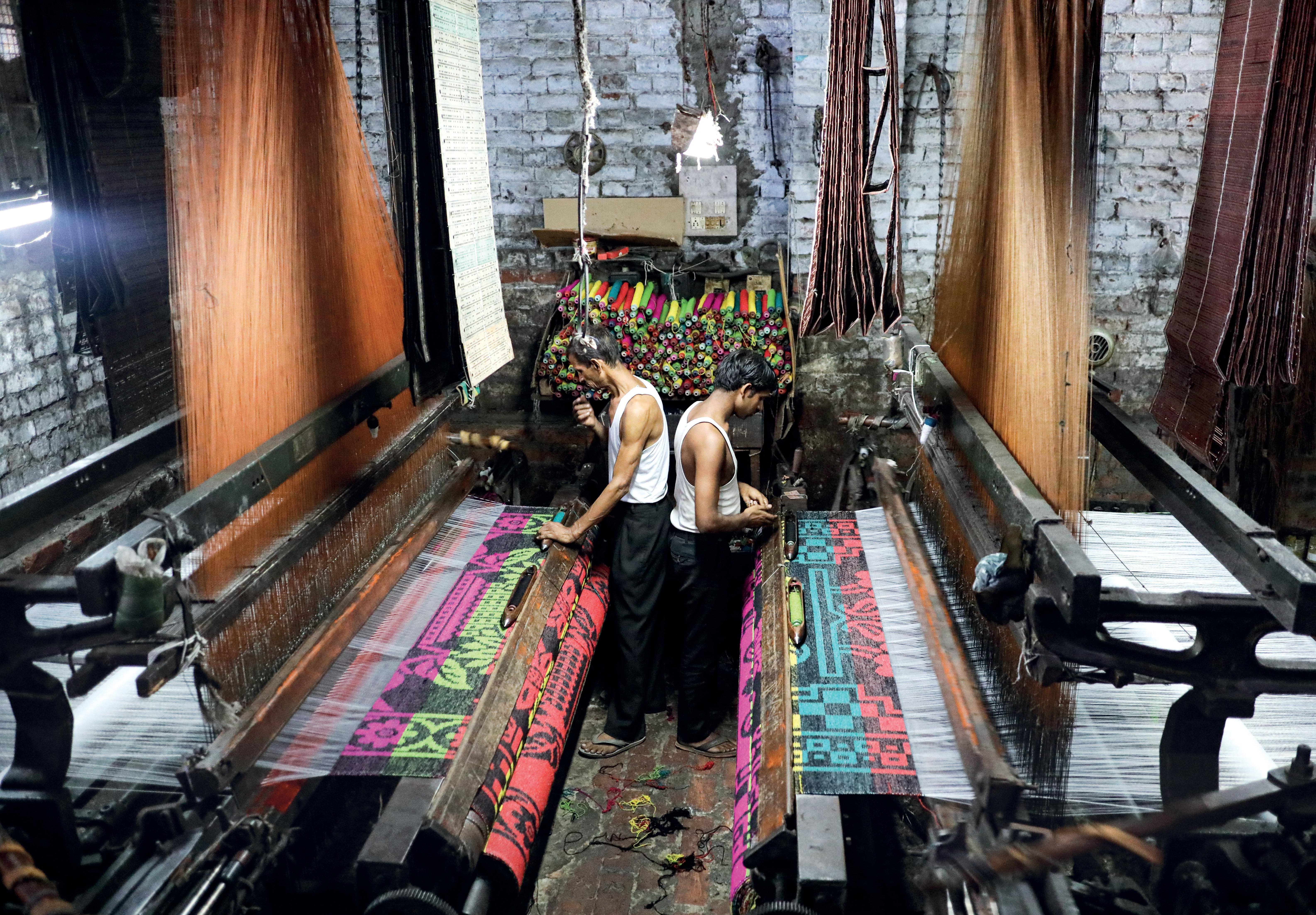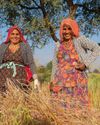FAKE FABRIC

BELIEVE IT or not, most of our clothes today have plastic in them. From the warm, shiny fleece jackets we wear to brave the winter chill to body-hugging workout clothing to stretchy and comfortable lowers, all the apparel is either completely made out of plastic fibres such as polyester, nylon and acrylic, or from the blending of natural fibres such as cotton and wool with the synthetic material.
About 60 per cent of material made into clothing is plastic, which includes polyester, acrylic and nylon textiles, says the UN Environment Programme (UNEP). The global production of polyester, the most commonly used plastic fibre, has increased by nearly 900 per cent between 1980 and 2014, as per November 2022 report released by US-based non-profit Fibershed. There is a reason the textile industry is so fond of polyester. Despite being tough and durable, it creates new possibilities of fashion. Clothes made out of polyester hold their shape well, are lighter, wrinkle-free and resistant to shrinking and colour fading. But perhaps the most important reason for its popularity is that garments made from synthetic fibres are substantially cheaper than natural fabrics. In April 2019, the cost of polyester yarn in India was ₹105 a kg, while cotton yarn was more than double at ₹213, as per the latest data released by the Union Ministry of Textiles. While on the face of it, clothes made of plastics appear harmless, their infiltration into the textile industry is a cause for concern. These synthetic fabrics have significant environmental impact during production, use and disposal.
Diese Geschichte stammt aus der January 01, 2023-Ausgabe von Down To Earth.
Starten Sie Ihre 7-tägige kostenlose Testversion von Magzter GOLD, um auf Tausende kuratierte Premium-Storys sowie über 9.500 Zeitschriften und Zeitungen zuzugreifen.
Bereits Abonnent ? Anmelden
Diese Geschichte stammt aus der January 01, 2023-Ausgabe von Down To Earth.
Starten Sie Ihre 7-tägige kostenlose Testversion von Magzter GOLD, um auf Tausende kuratierte Premium-Storys sowie über 9.500 Zeitschriften und Zeitungen zuzugreifen.
Bereits Abonnent? Anmelden

Recycling Innovation: How UFlex Is Setting Global Benchmarks
India's first company to recycle PET, PE, and PP for food packaging

A NEW BUZZ
Like many countries, India is in the middle of a pollinator crisis. In several states, farmers now rent honeybees to secure a decent harvest. In areas where agriculture is nearly impossible due to shortage of natural pollinators, people are manually carrying out nature's most critical operation. This artificial substitution of pollinators raises new concerns. A report by

Seed saviours
Seed banks managed by communities and non-profits are repositories of hundreds of indigenous climate-resilient crop varieties but need help in storage, technical aid and policy support to thrive

Perilous proposal
Villages near Jim Corbett Tiger Reserve oppose plans to open yet another ecotourism zone in light of rising attacks by the big cats

SOUR GOODNESS
Leaves of madhu soleng, an easy-to-grow weed, are a great souring agent
Broken lifeline
ON MARCH 13, 2020, Government of India's Press Information Bureau (PIB) released the latest life expectancy data of the country.

RESILIENT RURAL FUTURES
Ambuja Foundation Tackles Climate Vulnerability Head On ...
Sustainable cycles
Women in Himachal Pradesh switch from plastic sanitary pads to reusable menstrual hygiene products for better waste management

Uniting the Ecosystem: Empowering Smallholder Farmers and Solving India's Water Crisis
Smallholder farmers are key to solving India's water crisis, accounting for 86% of farming households. Agricultural consumption accounts for 75-90% of India's freshwater use.

WHO IS REALLY DEVELOPED
A new development metric ranks countries based on their living standards that can be scaled globally without breaking planetary limits
